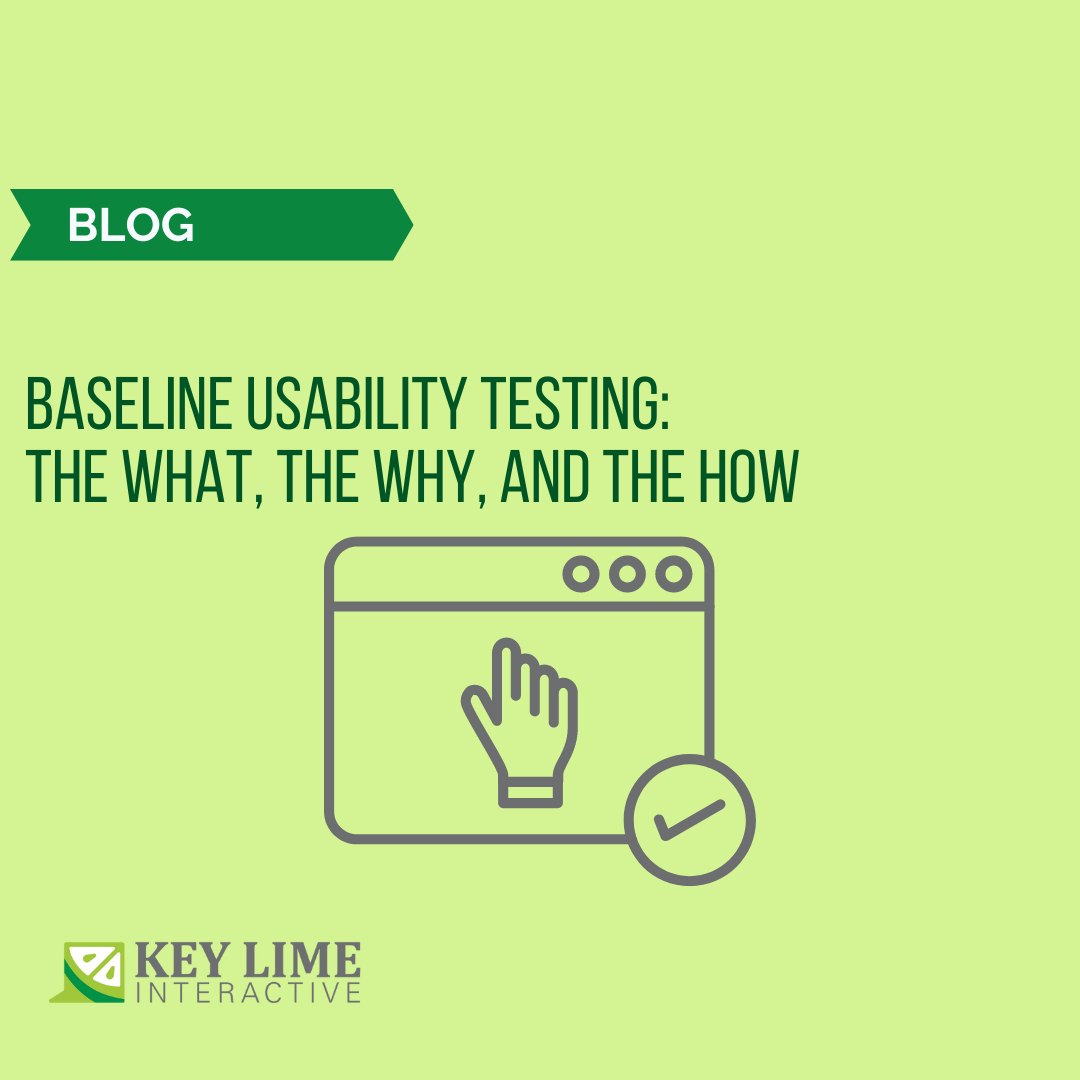
User experience seeks to be able to capture the accurate experience of the user, but it is critical to consider if we are truly being inclusive when it comes to including all users in that collective experience. Inclusivity in UX means helping to develop and/or improve products that can serve as many people as possible. It means that all users, including those with diverse characteristics, are all able to use the product and feel included in the collective user experience that is being captured surrounding a product. The reality is we are currently designing, studying, and testing products that will be used by millions of people- and it is important to make sure that all potential users can feel included, and validated, in the shared user experience.
Not only can the concept of inclusivity be applied to the design and overall production of more inclusive products, but it is also extremely relevant in how we conduct research that attempts to capture who the user is. Inclusivity in user experience research is critical because the language and usage of research have the capacity to decisions, shape discourse surrounding people, places, and things. One widely used research tool within the world of user experience surveys. Depending on their wording and language, survey questions have the power to include or exclude an entire population of individuals, and can ultimately influence how resources, information, and even products are distributed amongst them.
Survey screeners are the area of the survey where we often place the least amount of thought: we have formulated and ordered all the questions we want for the survey, and throw in the standard screener questions at the end. We often simply put in the “standard” screener questions without giving it much of a thought. Screener questions, however, are arguably a very important part of your survey because that is the information that you draw from to begin formulating what your users look like. Consequently, screener questions can have a large impact on shaping a user's experience with your product- it provides the foundational language for building out the identity of your users. This is why developing inclusive survey screeners is an essential part of making sure that everyone’s experience is included in the overall “user experience”.
One area of survey screeners where we can take steps to be more inclusive are the gender screener questions that are typically included in the standard set of demographic questions. Typically, survey screeners provide respondents with the only two options to select from in regards to gender: “male” or “female”. Gender is recognized as being a spectrum that encompasses more than just the binary, however, these continue to be the only two gender options that are included in survey screeners. Only including these two options for gender can result in excluding a large number of users from your research, and even shaping a user’s future experience with your products - if their identity isn’t something that you measure on your survey, why would they bother seeking out a product that wasn’t designed for them?
Before we discuss how to go about making a more inclusive gender screener, it is critical to have an understanding of WHY you are including the gender screener in your survey in the first place. What is the intent behind asking about a participant's gender? Do you need that data for the study to report out demographics or highlight differences in gendered usage? Are you asking the gender question simply because we are used to including this in our screeners? Understanding the why of asking the gender question is paramount in deciding which of the following suggestions to implement to create a more inclusive gender screener.
If collecting demographic data, such as gender, is a key part of your study design then are here are two ways to make the gender screener question more inclusive:
- Offer more than two options, but not too many options.
Gender screeners typically only include two gender options for participants to choose from: either Male or Female. This, however, is not an inclusive set of gender options and can exclude gender non-binary or non-conforming folks from being included and represented within the survey. Expanding the options in the gender screener to include “genderqueer” and/or “non-binary” is a small step that can be taken to ensure that more people are represented within the survey question. It is important to note that, while it may be seen as an effort to be more inclusive, having ‘Trans Male’ and ‘Trans Female’ as gender options can be an exclusionary practice. Through having “trans” categories be separated as outside categories, reaffirms that trans folks do not fit into these gender categories and therefore must remain as an “outside” group. So, while it is important to include more gender options besides Male/Female, remember that more options doesn’t necessarily mean more inclusive. - Include a “Prefer not to say” option.
In addition to including “genderqueer” and/or “non-binary” as gender options in the screener, another option that should be included in the gender screener is the option of “prefer not to say”. This makes the survey more inclusive by providing questioning or transitioning folks the safety of not having to conform to a gender screener. It also simply allows all participants to feel more included by giving the option to not answer a question that might potentially make them feel uncomfortable.
If your study design is not contingent on reporting out demographic data such as gender:
- Reframe gender screener as a pronoun option or make it “fill in the blank”.
If the study design does not require collecting data such as gender, but you still feel like the demographic screener is incomplete, consider reframing the way you ask about gender. One option is to reframe the gender screener questions as a pronoun screener question. Participants would then select their preferred pronoun, rather than being asked to select from a rigid selection of gender options. Pronoun Island provides a list and explanation of different pronouns that could be included in the screener. Another way to modify the gender screener is by making it a “fill in the blank option”. This way, participants can express their gender identity in their own words. - Consider removing the gender screener.
If the study design is not contingent on gender demographics, then it might be time to consider removing the gender screener. It might feel weird since we are used to typically including gender screeners in the standard set of demographic questions. But if it is not going to impact the study design in any way, it’s time to begin asking if it’s necessary to include. This way, all users can feel confident in being included in the survey as well as the collective user experience.
These are just some small ways to modify a survey screener to have the gender question be more inclusive. Taking a more inclusive approach to the way in which we conduct research regarding the user experience expands products reach through allowing all users to be represented in the collective experience.
This article is Part 1 of our two-part series focusing on Inclusivity and UXR. Stay tuned for Part 2: Reframing How We Think About Inclusive Design.
READ MORE: Accessibility in UX Design, User-Centered Design, Tracking Mental Health with UX Research Methods, Design Thinking Revisited










Comments
Add Comment